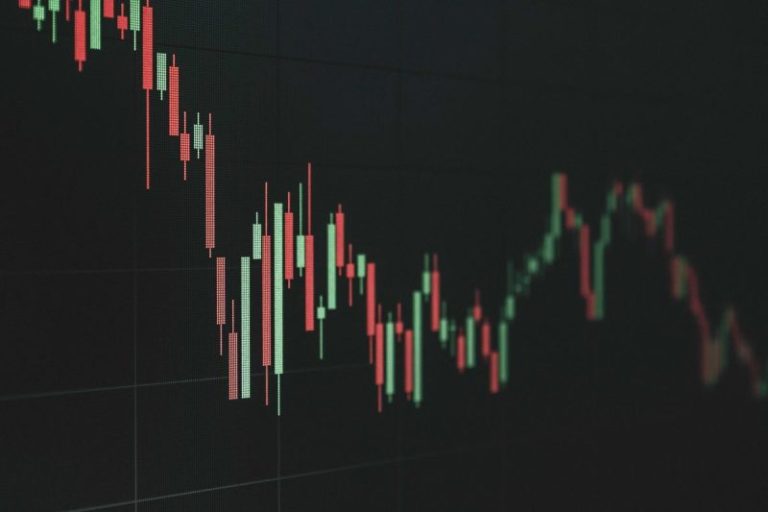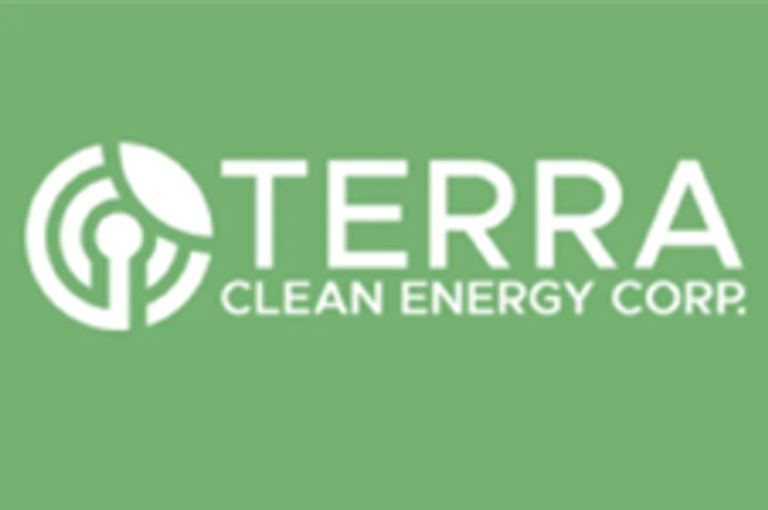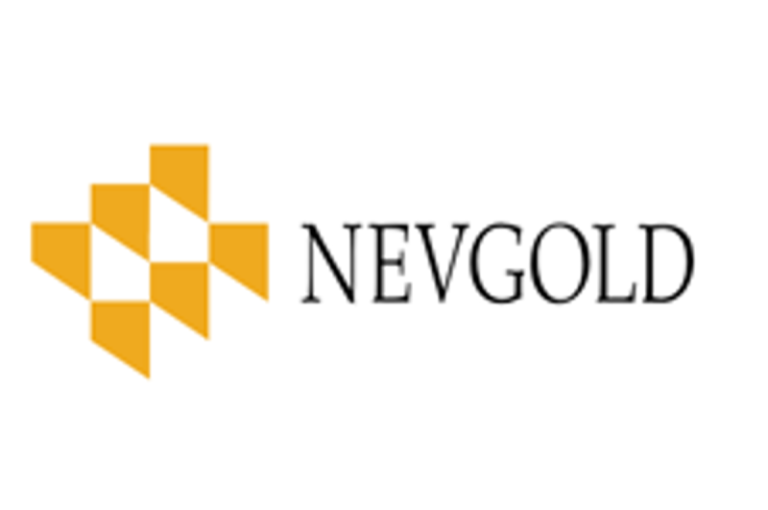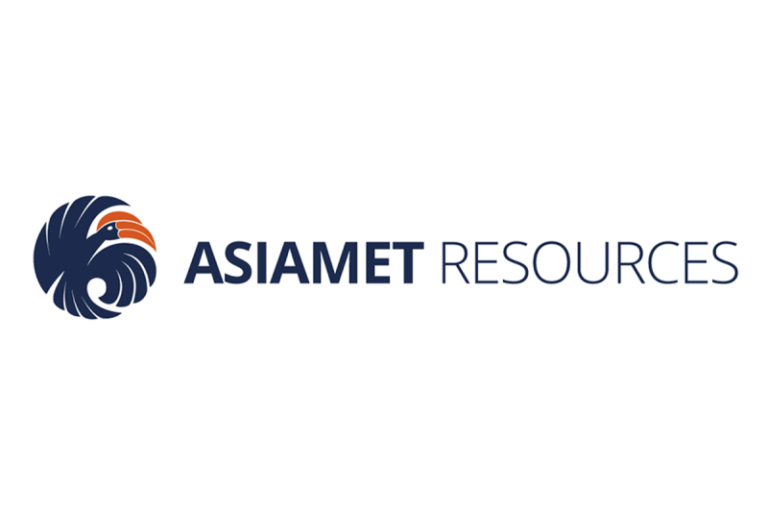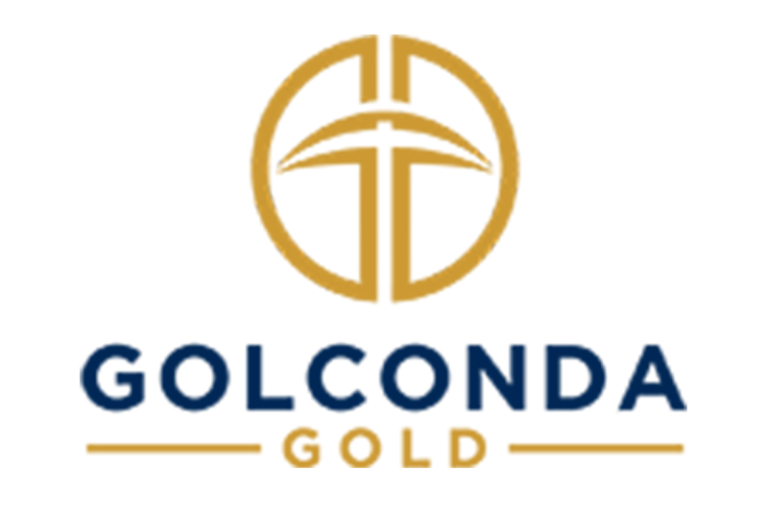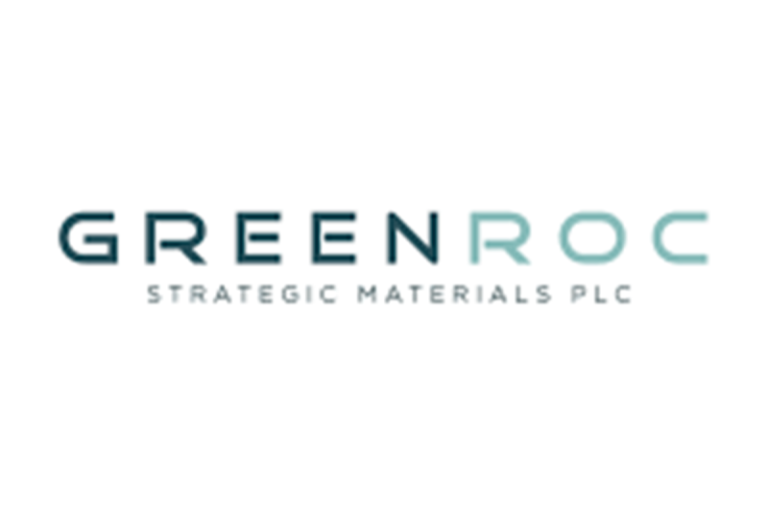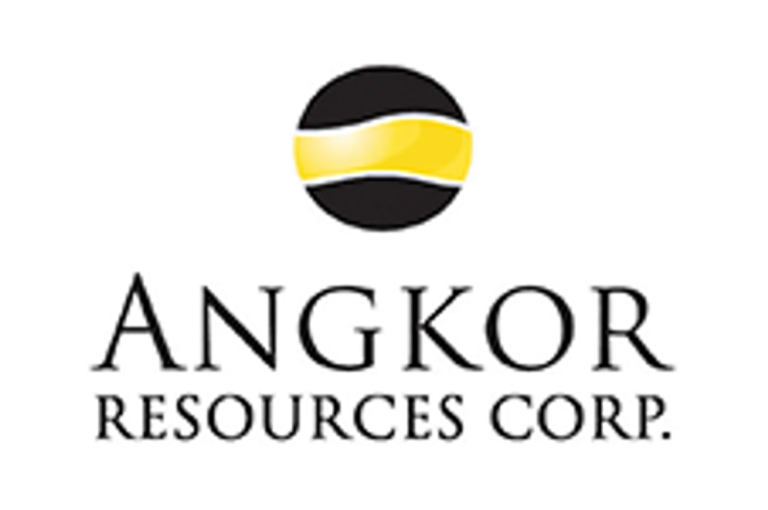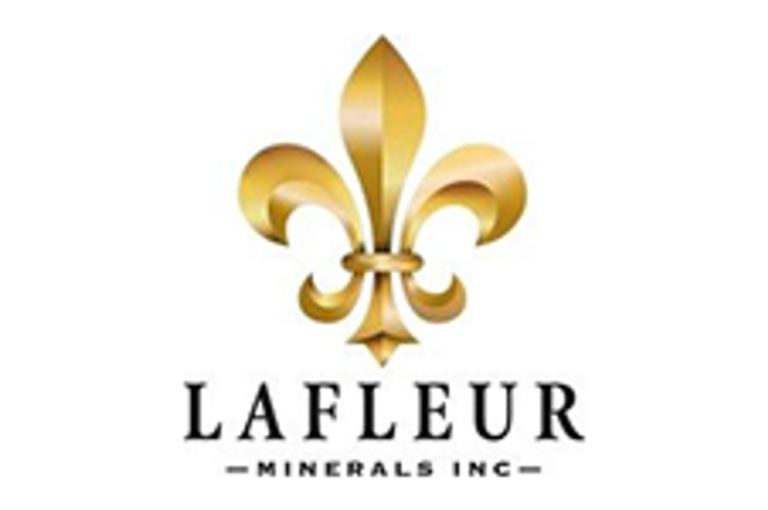Here’s a quick recap of the crypto landscape for Friday (November 7) as of 9:00 a.m. UTC.
Get the latest insights on Bitcoin, Ether and altcoins, along with a round-up of key cryptocurrency market news.
Bitcoin and Ether price update
Bitcoin (BTC) was priced at US$103,902, a 3.0 percent decrease in 24 hours. Bitcoin’s highest valuation as of Friday was US$103,421, while its lowest was US$99,931.52
Bitcoin price performance, November 7, 2025.
Chart via TradingView.
Bitcoin continues to extend its slide as it heads for another week of losses. The world’s largest cryptocurrency slipped more than 20 percent from its early October record high and confirming entry into bear-market territory.
The losses mark Bitcoin’s second consecutive week in the red and its fourth down week in the past five, reflecting the market’s struggle to recover from October’s “Red October” slump. Data showing a sharp rise in US layoffs in October, the highest in two decades, fueled expectations of further Federal Reserve rate cuts in December.
Despite this, President Trump reaffirmed his administration’s pro-crypto stance this week, calling for the US to become the “Bitcoin superpower” and touting regulatory measures to bolster the digital asset sector. However, his remarks stopped short of signaling direct government purchases of crypto.
Analysts say Bitcoin is now hovering near a crucial technical threshold around $97,000. Trader Ted Pillows noted that Bitcoin is “holding above the $100,000 level for now,” but warned that ‘until BTC closes a strong daily candle above the $106,000 level,’ investors must brace and expect new lows moving forward.
Ether (ETH) was priced at US$3,338.69, a 4.1 percent increase in 24 hours. Its lowest valuation of the day was US$3,229.48, and its highest was US$3,397.60.
Like Bitcoin, Ethereum extended its decline and is struggling for recovery as it it slipped below the US$3,300 mark. While bearish strength remains moderate, the fact that prices continued to drop even after a major liquidation event suggests that spot sellers may now be in control.
Altcoin price update
- Solana (SOL) was priced at US$157.08, down by 3.1 percent over the last 24 hours. Its highest valuation of the day was US$160.86, while its lowest was US$152.27
- XRP was trading for US$2.22, down by 4.8 percent over the last 24 hours. Its highest valuation of the day was US$2.30, while its lowest was US$2.17.
Crypto derivatives and market indicators
The cryptocurrency market showed mixed but cautious action.
Liquidations for contracts tied to Bitcoin totaled approximately US$48.39 million in the last four hours, with the overwhelming majority coming from long positions showing a clear sign of forced selling as leveraged positions were flushed. Ether followed the same pattern: about US$25.82 million of liquidations over the same window, again dominated by longs.
Futures open interest tells a similar story of modest unwind. Future open interest for Bitcoin edged down 0.03 percent to US$69.44 billion, while Ether declined 1.92 percent to US$38.19 billion, reflecting a slight pullback in leverage as the session closed.
Technically, Bitcoin’s RSI at 30.81 sits near oversold territory, signaling weak momentum and that the market may be vulnerable to continued downside or, alternatively, due for a short-term relief bounce if buyers step in.
Today’s crypto news to know
Crypto market loses nearly all 2025 gains after month-long decline
The cryptocurrency market has erased almost all of its 2025 value increase in just over a month, marking one of the steepest reversals since the last bear cycle.
According to CoinGecko data as reported by Bloomberg, total market capitalization peaked near US$4.4 trillion on October 6 before sliding 20 percent, leaving the asset class up only about 2.5 percent for the year.
The decline began after roughly US$19 billion in leveraged positions were liquidated that sparked a wider selloff and weakening trader sentiment.
Bitcoin has fallen 8 percent this week alone, dropping below its 200-day moving average for the first time in three years. Altcoins have faced similarly sharp losses amid reduced liquidity and limited new inflows.
Japan’s financial regulator backs bank-led stablecoin pilot
Japan’s Financial Services Agency has confirmed it will support a project by the country’s three largest banks—Mitsubishi UFJ Financial Group, Sumitomo Mitsui Financial Group, and Mizuho Financial Group—to jointly issue stablecoins for cross-border payments.
According to a Reuters report, finance Minister Satsuki Katayama said the FSA will oversee legal and operational compliance as the initiative moves into testing.
The banks intend to issue yen-pegged tokens under Japan’s revised Payment Services Act, which requires full asset backing and enhanced consumer safeguards.
The JPYC recently launched its first fully regulated yen-denominated stablecoin backed by domestic savings and government bonds.
UNDP to launch global blockchain training program for governments
The United Nations Development Programme is expanding its blockchain education initiatives to include government officials, aiming to accelerate digital infrastructure adoption in the public sector.
Robert Pasicko, who leads UNDP’s Alternative Finance Lab, said four countries will be selected for the initial rollout within weeks. The program builds on UNDP’s internal blockchain academy and will include both training and hands-on project support.
Research by UNDP identified over 300 potential government applications for blockchain technology, from transparent fund tracking to public-sector payments.
Twenty-five major blockchain organizations, including Polygon Labs, Stellar Foundation, and the Ethereum Foundation, have discussed forming an advisory group under UNDP coordination.
Securities Disclosure: I, Giann Liguid, hold no direct investment interest in any company mentioned in this article.
Securities Disclosure: I, Meagen Seatter, hold no direct investment interest in any company mentioned in this article.

